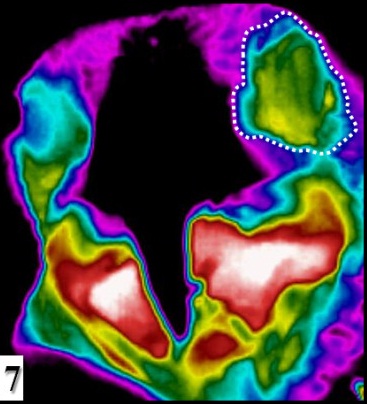Are the qualities of a good teacher universal? • Consultations get a ticking off • Evolution in isolation • Top of the Hox • Thermal analysis of the Lammergeier • Biomarkers from breast fluid • Parasites change honeybee brains • Progress toward reduced maternal mortality
 Medical education: Are the qualities of a good teacher universal?
Medical education: Are the qualities of a good teacher universal?
Compared to their western counterparts, Japanese resident physicians place more emphasis on support and feedback than on medical knowledge and clinical competency when defining the key qualities of a good clinical teacher. In other words, the concept of a good clinical teacher is perhaps not universal. With the increasing globalisation of medical education, it will be important not to overlook key differences in local educational structures and cultural norms.
Primary care: Consultations get a ticking off
In the UK, the Quality and Outcomes Framework (QOF) is a system designed to reward best practice in evidence-based care by financially rewarding professional activity that operates in line with clinical quality indicators. However, the effect that this scheme has on routine consultations has not been well evaluated. Now, a qualitative study that combines interview data from both patients and practitioners highlights how it may encourage consultations to focus more on “tick-box” biomedical criteria, especially for sufferers of long term conditions who may be in danger of becoming ‘invisible’ through this process.
Microbiology: Evolution in isolation
Ciliates are single-celled protozoa that contain hair-like organelles called cilia that are used for swimming around in water. Communities of these creatures can be found in the brines of deep hypersaline anoxic basins of the Mediterranean sea, more than 3000m below sea level, where the high density of brine restricts mixing with seawater above. Now, a team of researchers investigating these salty environments find that the communities living in the deep hypersaline basins are distinctively different from those found in the interfaces immediately above, due to a mixture of isolated evolution and species sorting.
Developmental biology: Top of the Hox
Hox genes control the early body-plan development of a huge range of organisms, from fruit flies to humans. Reviewing the current state of our knowledge of this remarkable gene cluster in relation to evolution in deuterostomes, Jordi Garcia-Fernandez and colleagues discuss the future possibilities open to increasing our understanding of the evolutionary processes of these fascinating transcription factors.
Image of the month:
Fig 2 Thermal analysis of the Lammergeier. From Melero et al. “Detection and assessment of electrocution in endangered raptors by infrared thermography”
Cancer:Biomarkers from breast fluid
Identifying biomarkers for the early detection of breast cancer represents a major goal in cancer research. In a new and comprehensive Review, Ferdinando Mannello and Daniela Ligi outline progress in detecting breast cancer biomarkers that mirror the tumor microenvironment and discuss the potential for the noninvasive analysis of nipple aspirate fluid secretome as a source of novel markers for early detection.
Ecology: Parasites change honeybee brains
A multi-disciplinary study combining neurogenomic, behavioural and physiological analyses reveals that parasitism of honeybees by an ecto-parasitic mite and an endo-parasitic fungi cause changes in both the chemical profiles of their ‘skin’ and the genomic profiles of their brains, without affecting social interactions within the hive. A linked Commentary article places this new research in the context of previous research on honeybee health, outlining what it does, doesn’t, and just might reveal about the current global state of the hive.
Global health: Progress toward reduced maternal mortality
Approximately 800 women die from preventable causes related to pregnancy and childbirth every day, with 99% of these deaths occurring in developing countries. Omar Khan, Nancy Sloan and Richard Derman review the global improvements in maternal mortality over the last 25 years, discussing which interventions have been most beneficial and where future resources need to be invested. You can discover more on how the Millennium Development Goals are aiming to improve global maternal health, over on our blog.
![]() Follow @BMC_series
Follow @BMC_series
![]() Watch our YouTube channel
Watch our YouTube channel
![]() Browse our list of journals
Browse our list of journals
![]() Subscribe to updates from the blog
Subscribe to updates from the blog

Comments